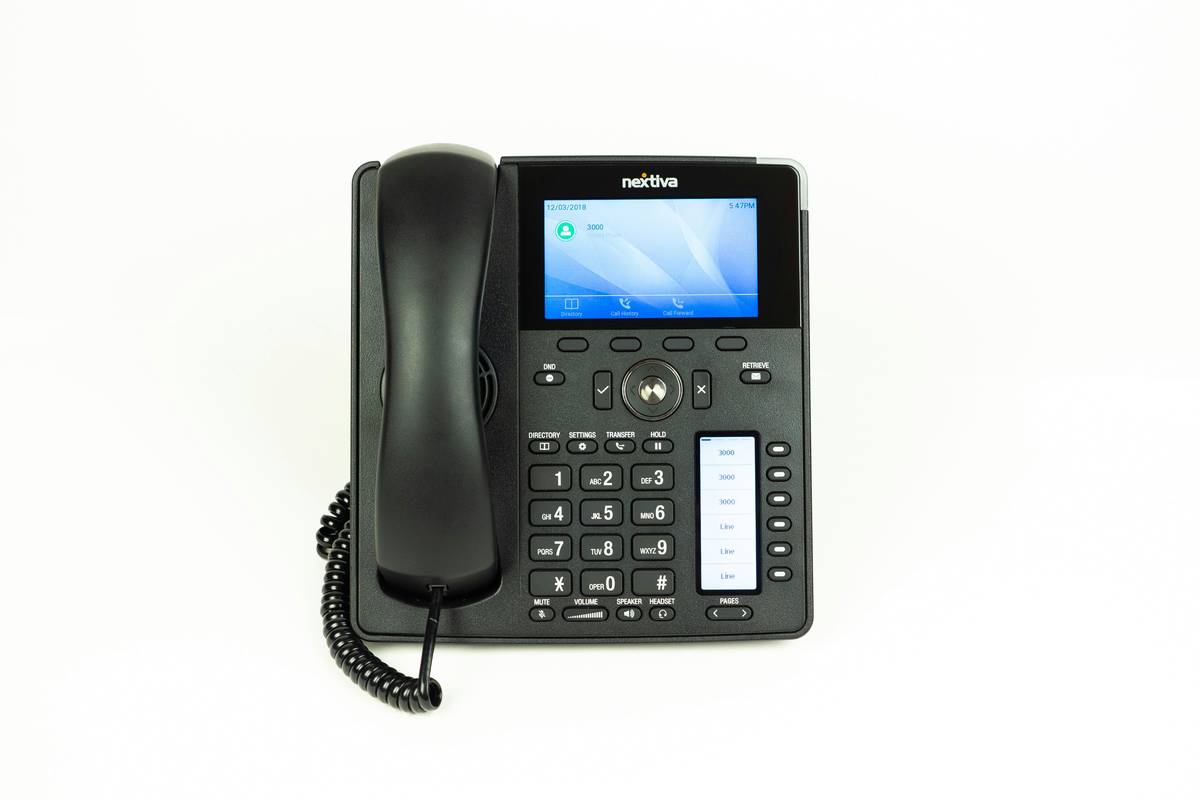Table of Contents
- Introduction
- Key Takeaways
- Section 1: Are You Missing Out on Business Phone Call Pattern Analysis?
- Section 2: How to Leverage Business Phone Call Pattern Analysis
- Section 3: Tips for Maximizing Business Phone Call Pattern Analysis
- Section 4: Real-World Examples of Business Phone Call Pattern Success
- Section 5: FAQs About Business Phone Call Pattern Analysis
- Conclusion
Introduction
Ever felt like you’re drowning in phone call data but can’t figure out what it all means? Yeah, us too. It’s a sinking feeling—staring at those endless logs and wondering why your team seems so busy yet productivity stays flat. What if I told you there’s a solution hiding in plain sight? Enter business phone call pattern analysis, the unsung hero of modern business productivity.
In this post, we’ll dive into how analyzing call patterns can supercharge your team’s efficiency, uncover hidden bottlenecks, and even boost customer satisfaction. You’ll learn:
- Why ignoring call patterns is costing you time (and money)
- A step-by-step guide to implementing call pattern analysis
- Tips to maximize its impact without losing your sanity
- Real-world examples from companies that nailed it
- Answers to your burning questions about this powerful tool
Key Takeaways
- Business phone call pattern analysis helps identify inefficiencies in communication workflows.
- Actionable insights can lead to better resource allocation and improved customer experience.
- Automation tools simplify the process of tracking and analyzing call patterns.
- Ignoring call patterns could mean missing opportunities for growth and cost savings.
Section 1: Are You Missing Out on Business Phone Call Pattern Analysis?

Here’s a confessional fail: Once upon a time, my company had a client service rep spending hours every day transferring calls manually. Why? Because no one bothered to analyze our call logs. The kicker? Most calls were coming during predictable peak times, meaning automation could’ve saved us big bucks—and frustration.
“Oh great,” grumpy me whispered under my breath while staring at spreadsheets late at night, “another fire drill over something we should’ve seen coming.” But here’s the truth: If you’re not using business phone call pattern analysis, you’re flying blind. Without understanding who calls when, why they call, and which reps handle them best, you risk wasted effort, missed deadlines, and unhappy customers.
The good news? This isn’t rocket science. With the right approach, you can turn raw data into actionable strategies. Let’s break it down.
Section 2: How to Leverage Business Phone Call Pattern Analysis

Optimist You: “Following these steps will help me finally get control over my team’s workflow.”
Grumpy You: “Ugh, fine—but only if coffee’s involved.”
Fair enough. Here’s how to make magic happen:
Step 1: Collect Data the Right Way
Before you start crunching numbers, ensure your system collects accurate data. Use advanced VoIP systems like RingCentral or Zoom Phone, which automatically log call duration, frequency, agent performance, and more.
Step 2: Choose Your Metrics Wisely
Focus on key indicators such as:
- Average call duration
- Peak calling hours
- Pickup rates
- Customer drop-off points
Step 3: Analyze Patterns Over Time
Look beyond daily stats. Identify weekly, monthly, or seasonal trends. For instance, are Mondays consistently chaotic? Do certain campaigns spike call volumes? Knowing this lets you prepare effectively.
Step 4: Implement Changes Based on Insights
Once you spot inefficiencies, act fast. Maybe it’s rescheduling staff shifts or investing in self-service options. Whatever it is, don’t let valuable information sit idle.
Section 3: Tips for Maximizing Business Phone Call Pattern Analysis
Want to level up? Try these:
- Automate Reporting: Ditch manual spreadsheets—use AI-driven dashboards instead.
- Integrate CRM: Sync your call data with platforms like Salesforce for richer insights.
- Set Alerts: Get notified when anomalies occur, like sudden spikes in unanswered calls.
Warning: Don’t try to micromanage every single detail—that’s a recipe for burnout. Focus on macro-level improvements first.
Section 4: Real-World Examples of Business Phone Call Pattern Success

Take Company X, for example. They realized 60% of their calls came between 9 AM and 11 AM EST. By shifting employee schedules slightly and adding automated IVR menus, they reduced wait times by 40% and boosted customer satisfaction scores by 25%. Not bad for tweaking a few settings!
Another win? E-commerce giant Y noticed Thanksgiving week brought triple the usual call volume. By staffing accordingly and training agents on holiday-specific issues, they turned potential chaos into seamless operations.
Section 5: FAQs About Business Phone Call Pattern Analysis
What tools do I need for business phone call pattern analysis?
Invest in reliable VoIP providers (like Vonage or Nextiva) and pair them with analytics software like Zendesk or HubSpot.
Is it worth the investment?
Absolutely. Better resource management leads to happier employees and customers—and that translates directly to revenue gains.
Can small businesses benefit too?
Definitely. Even solopreneurs can use basic call-tracking apps to optimize scheduling.
Conclusion
We’ve covered everything from why business phone call pattern analysis matters to real-world wins. Now it’s your turn to take action. Start small, stay consistent, and watch how tiny tweaks create massive ripple effects.
And remember—while mastering this skill might feel overwhelming now, the payoff is worth it. After all, would Batman step into Gotham without analyzing crime patterns first?
Like an early 2000s flip phone, old habits die hard, but tech always evolves. Keep learning. 🦸♂️💻


